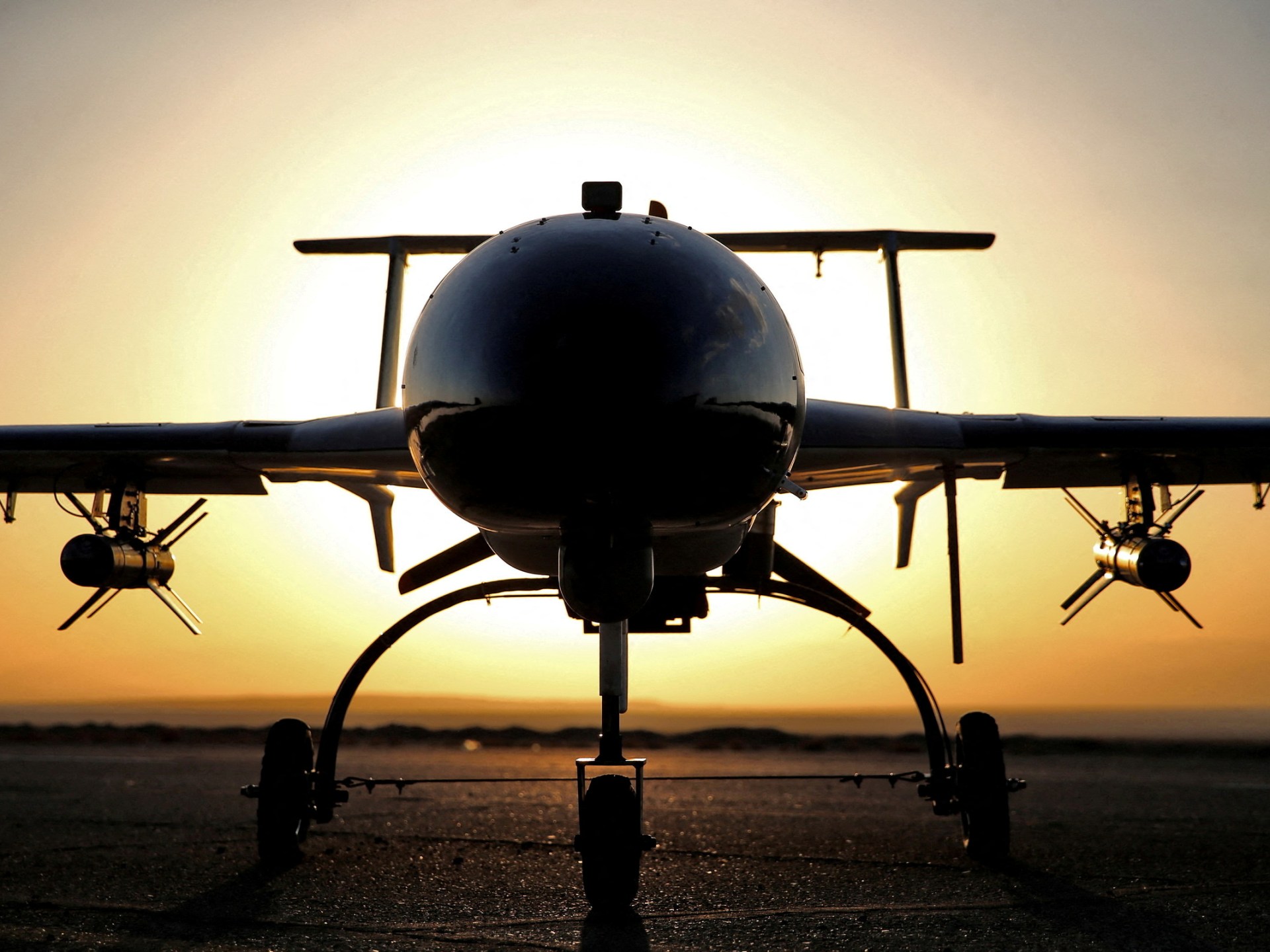Part 1 of 2: Shaping ops, Intelligence & C4SIR
Who is in command of designating the targets for the Iranian drones ?
1. I don’t know, as I have only a limited idea of Russian C4ISR systems. It’s likely to be one of the Russian Army’s District Col. Generals.
2. The Kerch Strait rail bridge has been cut at the exact moment a Russian train is passing. Ukrainian shaping operations has begun. The offensive by Ukrainian forces in Kherson in Southern Ukraine suggests Ukrainian forces intend to eventually converge on Crimea. But this could be part of their design for taking back Crimea, or part of a deception operation to distract from other areas. Because of this, we may see Russian redeployments in the south, which will unveil other opportunities to exploit.
(a) The desire to leave Crimea will be probably be greater and soon become a flood as it is no longer out of Ukrainian intelligence and targeting reach. Lack of confidence in Putin and his military will grow. U.S. Lt. Gen. (retired) Ben Hodges said: “Once Ukrainians are able to get HIMARS or other rocket launching systems within range and they start putting a rocket on Russian bases in Crimea, then it is just a matter of time.”
(b) U.S. Lt. Gen. (retired) Mark Hertling agreed that Ukraine would seek to take back the peninsula in Ukraine’s south, which was seized and annexed by Vladimir Putin’s forces in 2014. While he said the battle would be extremely tough, it would have US backing: “If Ukraine decides to go and retake Crimea — and I think they eventually will — the US government has said we will support the actions of Ukraine anywhere they want to go.”
(c) As Clarkson has noted, Ukraine's military intelligence services blended ruthlessness of Soviet traditions with NATO techniques and an Israeli way of seeing the world.
(d) Happy Birthday, Putin! There is a giant candle for you. The amount of explosive required to drop the Kerch Strait rail bridge is more than a large team of special forces personnel could carry — the fact that the train was carrying fuel, would held drop the bridge span eventually. It will take truck loads of explosives and it must be aimed at the right points of the bridge span. Given that it’s 3 spans that fell, it is very unlikely that a single truck bomb did that.
Is it field commands, or a higher level command element ?
3. I suspect it is not useful to think this way given how primitive some aspects of the Russian C4 system is — they are not a data centric army — they are a command push army. But at the same time, each of the Russian Army’s District Col. Generals have command over certain EW and ISR assets that are only allocated at the national level in other systems.
4. On 8 Oct1973, the Israel Defense Forces (IDF) launched a major counterattack on Egyptian positions in the Sinai spearheaded by three armored brigades — I don’t think we will see such large scale battles again — because the Arabs will not dare to meet the IDF in battle in 2022. Israeli commanders in 1973 had expected to repeat their rapid 1967 victory over the Egyptians, but they were disappointed. IDF’s intelligence failed to predict that the Egyptian forces would employ new tactics and weapons, especially the Soviet-made AT-3 Sagger anti-tank missile, to repel the Israeli attack with heavy losses.
(a) In the US C4 system, power/authority usually resides with Corps commander (in 2022), who commands the divisions in the battle space — the Corps commander decides where scarce joint assets are allocated in the various divisions. The Russian BTG Commanders are far better in some areas but not so great in others.
(b) A US BCT would have more sophisticated embedded C4 systems but less organic EW assets. The way information is pushed down to battalion commanders, commanding a battle group, in the Western C4 system is way different from the Russians. See post #5,196 as this discussion follows from that discussion.
5. Unless we are fighting a war in Korea, where the ultimate authority needs to be at an Army level (eg. 8th Army) — the US military does not usually need an Army level command.
6. The Koreans don’t want to transfer OPCON because investing in such a system with the amount of Corps they have is expensive. The Koreans have 8 Corps commanders — their Army is on the scale of the Indian Army and the money the Koreans spend on C4 on these 8 Corps is larger than the Malaysia’s total tank budget in its entire raise, train and sustain cycle. The Korean joint command are elephants in the room; to them, the divisions of lesser armies just look like ants.
7. In a lesser Western style C4 system, power/authority usually resides with Division commander, who commands the brigade in the battle space — the Division commander decides where scarce joint assets are allocated in the various brigades.
(a) A number of sense and strike systems are now able to push useful data of UAV feed from a division asset to inform the FAC or Scout platoon commander (whose teams are flying lower level UAVs), for their situational awareness.
(b) I don’t think we should think or measure the Russians on our yardstick — the amount of information pushed to a modern Company Commander in a ABG, would be a dream for a Russian BTG Commander — the Russians, at times, literally don’t know where some of their troops are in their retrograde ops. Whereas, a Company Commander, with a modern C4 system, will know the location of each of his platoons — through blue force tracker.



